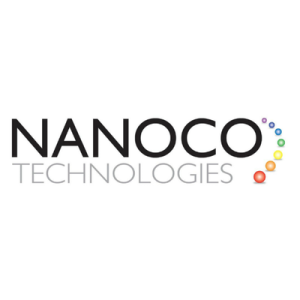Electronic display screens have changed considerably over the past century. The emergence of LCDs and OLEDs ushered in a new age of screen technology. It led to significant improvements in image sharpness, color, contrast, and space utilization; yet, screens are still far from ideal color rendering and brightness.
However, groundbreaking advancements in quantum dots are enabling LCDs and OLEDs to break new barriers in image quality and screen efficiency. Quantum dots are nanocrystals that are about 60 million times smaller than a tennis ball. Their tiny size makes it possible for them to create almost every color in the spectrum. Introduced in 2013, quantum dot technology enhances the brightness and color fidelity of screens with minimal change to the manufacturing process. But recent innovations in quantum dots have made these enhancements very substantial. As a result, quantum dot technology is expected to be a standard feature of upcoming displays.
Nanoco Group PLC (LON:NANO) leads the world in the research, development and large-scale manufacture of heavy metal-free nanomaterials for use in displays, lighting, vertical farming, solar energy and bio-imaging.


